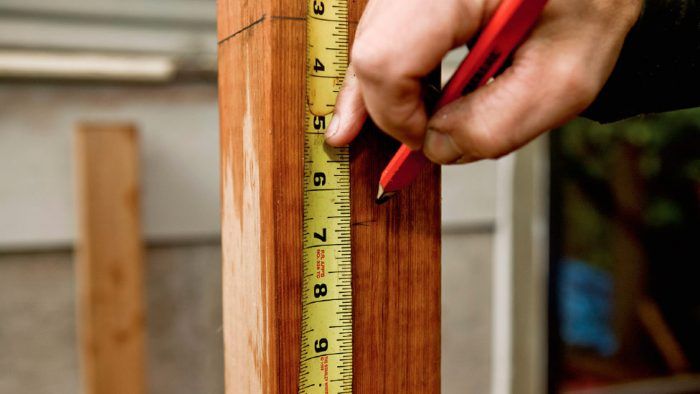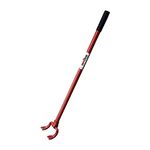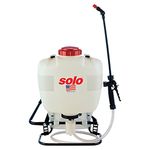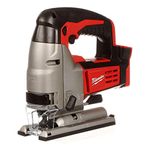Building and Installing a Site-Built Balustrade: Cutting the Posts and Rails
Follow along with deck builder Scott Grice as he lays out and cuts the frame for a cedar railing.

Of all the railing options, installing a site-built deck railing will probably get you the most bang for your buck without the hassle of product research, ordering, and an installation learning curve. The balustrade installation outlined here uses off-the-shelf hardwood balusters chosen because they match the decking but also because they have a slightly smaller profile than a typical softwood baluster. The rails are made of cedar 1x lumber, ripped on site, to match the cedar posts and custom cap.
Cutting the posts and rails
It’s important to cut all the posts at an even height so the finished cap doesn’t wander up and down. To avoid transferring discrepancies from the decking to the railing, establish the height of one post and then transfer that elevation to the other posts. First, measure up from the finished deck height to the location of the underside of the railing to establish the top of the posts. For a 36-in. railing height with a 2×6 cap, the cutline will be 34-1/2 in. Use a long spirit level or a laser level to transfer that elevation to all the posts. With a Speed Square, continue the elevation line all the way around each post to ensure a continuous guide for the sawblade. Cut all the posts to the same height. A good check is to eye down the tops of the posts to make sure they are all aligned.
To determine the rail length, place a 1x between the posts at the bottom and mark the length. For the deck shown here, there is a pair of rails for the bottom and a pair for the top (inside and outside for each). If you’ve been careful to keep everything plumb, the distance between the posts shouldn’t differ from the top and bottom. If the distance is within an 1/8 in. or so, just treat the measurements as identical and cut all four rails the same length; test-fit them at the bottom. Sometimes post distance will vary a little from top to bottom, and it’s more work than it’s worth to adjust them. In these cases, treat the bottom and top separately and fit them as pairs of railings. Identify the show face (the better-looking side) and label the rails on the back to indicate where they go.
Use a guide for a perfect cut
If you’re not confident about freehanding a straight cut on the posts, it takes only a minute to set up a guide that will ensure a perfect cut every time.
Measure the distance from the side of the blade to the edge of the saw base. This is the blade offset. Measure the distance of the offset down from the elevation line and make a mark. Square the mark across the face of the post and around all four sides. Clamp a guide board aligned to the lower line. Use the block to guide the saw. After the first cut, reposition the block on the opposite face to finish the cut.
Photos: John Ross
Fine Homebuilding Recommended Products
Fine Homebuilding receives a commission for items purchased through links on this site, including Amazon Associates and other affiliate advertising programs.

Angel Guard Deck Demon

4-Gallon Piston Backpack Sprayer

Jigsaw



















